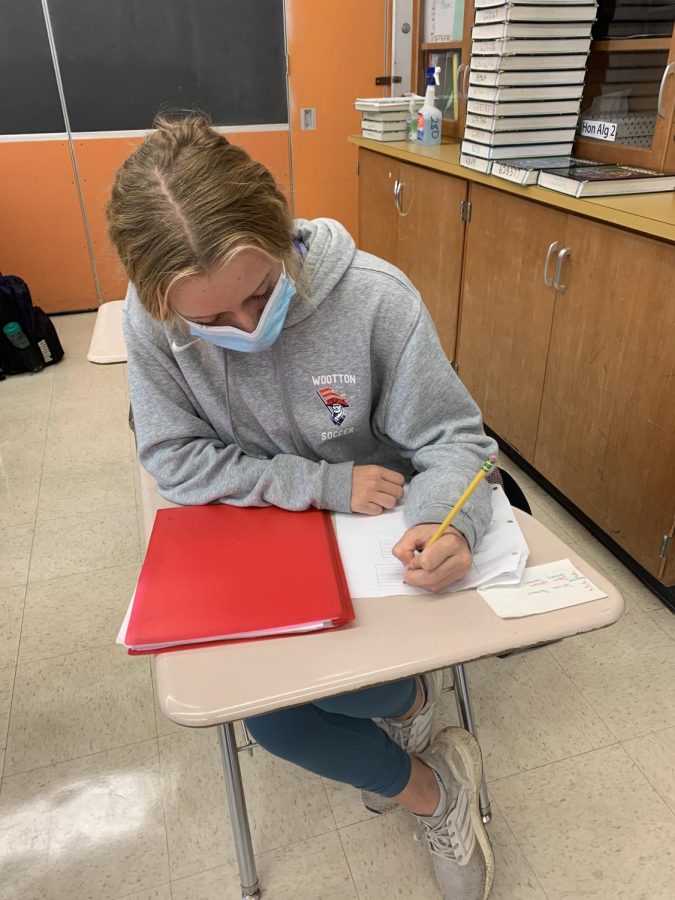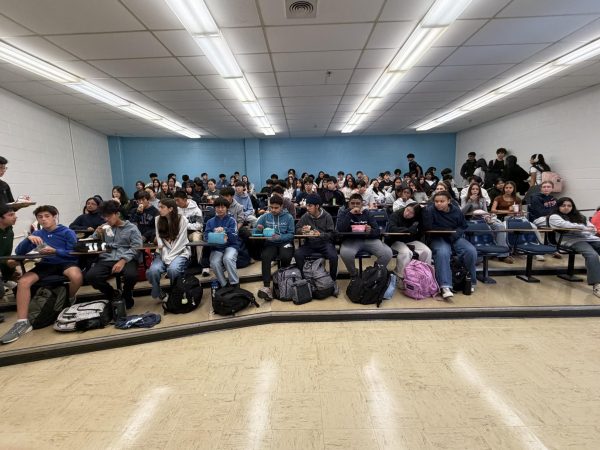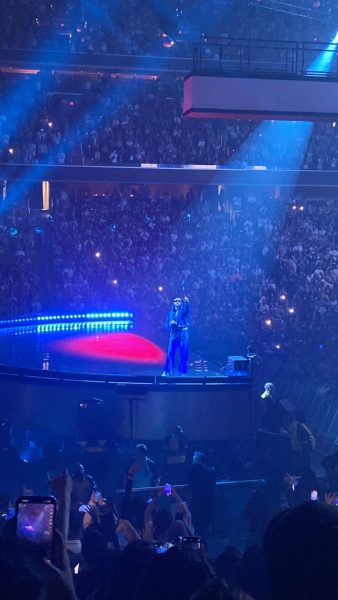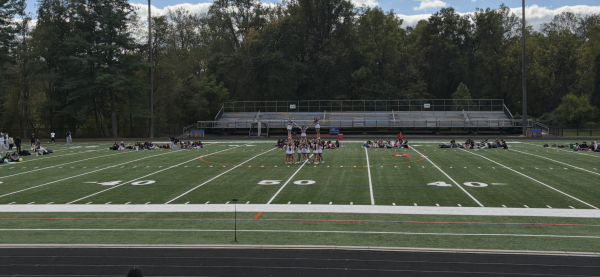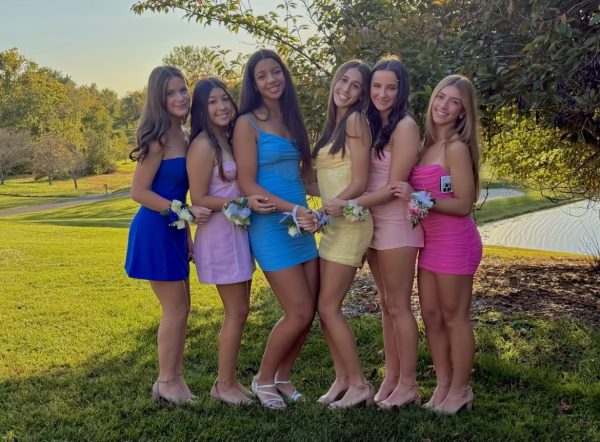Students struggling more this year, teachers report
Sophomore Lindsey Mcney works on her math homework during advisory.
On Mar. 13, 2020, MCPS turned to virtual school due to the widespread pandemic. Well over a year later, students are back in person, but the effects of alternate schooling are still apparent.
During the pandemic, classes were attended via Zoom, four periods a day, each an hour long, starting at 9 a.m.. Wednesdays were asynchronous days where students only had optional check-ins with their teachers if they had any questions. “I struggled to stay engaged in my classes during online school, it’s hard to focus when you’re being taught through a computer,” sophomore Lindsey Mcney said.
Early studies of the pandemic’s effect on children’s education have shown education gaps that existed prior to the pandemic have widened. The loss of education has been most profound for students who were already at a disadvantage before the pandemic began. As the pandemic persists, there has been limited data as to the long-term effects this will have on students’ education.
Spanish teacher Tamara Hounshell has seen the gap in her classes and the differing skill levels her students are at. Hounshell, along with the other Spanish teachers, is working hard to fill the gap and get students to where they should be for this year. In addition to the hard transition to in-person learning, the workload has increased compared to last year and students are trying to keep up. Hounshell said, “The workload has been really difficult, especially with seven classes a day.” She recommends anyone who feels like they’re struggling to “talk to your teachers and let them know if you’re stressed out; that can be really helpful.”
Despite having to adjust to an earlier start time, a more demanding workload and not having the ability to claim your microphone isn’t working when called on in class, some students prefer in-person schooling. “It’s definitely an adjustment, but I’m happy to be back. I like seeing my friends everyday and I feel like I’m learning more this year,” sophomore Zorawar Singh said.
Math teacher Catherine Ruback said the workload was initially hard for students, but she sees her students getting better and used to having all of their classes every day. Ruback believes in-person school is better for the students as well as the teachers because students are able to ask questions and get help easier and teachers can see when their students are in need of help. Ruback said if you’re feeling overwhelmed you should “definitely talk to your teacher or counselor; we’re able to work with you to help.”
While students return to the normalcy of school in person, it’s important to remember if they need help, they can ask for it. Teachers are here to help their students learn and do well.
Your donation will support the student journalists of Thomas S. Wootton High School. Your contribution will allow us to purchase equipment and cover our annual website hosting costs.
Elizabeth is a 2024 graduate.


